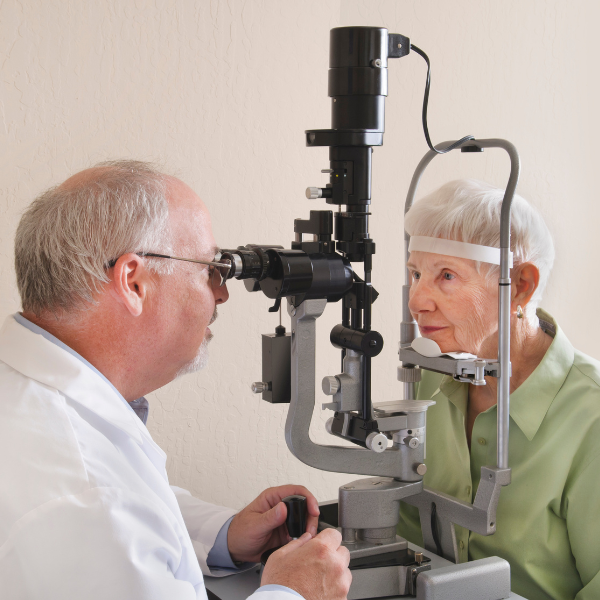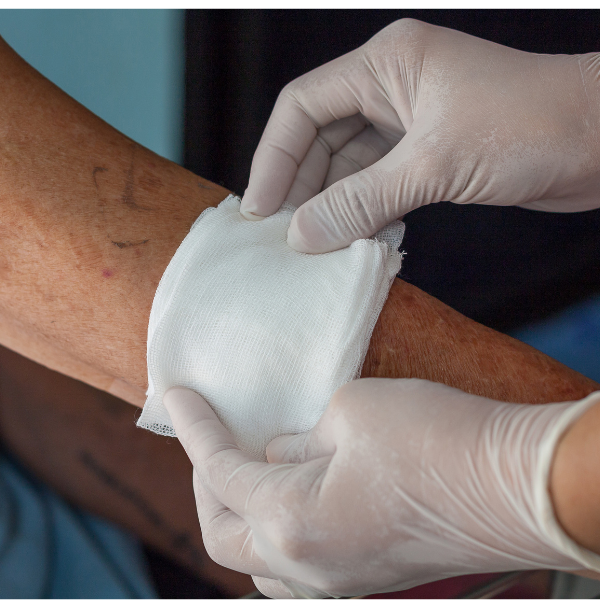For years, the conversation around diabetic foot ulcers (DFUs) has been framed through a clinical lens, with infection control, wound healing, and limb salvage often at the center. Yet behind these medical terms are people facing decisions that can permanently alter their lives. Veterans are especially affected, with one in four living with diabetes and many likely to experience a DFU in their lifetime. A recent study from the VA Maryland Healthcare System reframes how we think about these choices. By listening directly to veterans, it sheds light on what matters most when they are asked to weigh the trade-offs of DFU treatment. Above all else, the priority is independence.
Success in Care, Seen Through the Patient’s Eyes
The research team used a discrete choice experiment, a method that presents participants with scenarios and asks them to choose between options. Ninety-eight veterans with diabetes were asked to make difficult choices involving three factors:
- Their level of mobility after recovery
- The extent of amputation required
- The risk of needing additional surgery within the year
The study revealed a clear pattern. Mobility emerged as the most important factor, accounting for 53% of decision weight. Veterans ranked the ability to walk independently as nearly twice as important as the level of amputation and far more important than the chance of another surgery. In short, patients prioritized the freedom to move above all else.
Traditionally, limb salvage has been treated as the measure of success. The concept is rooted in good intentions, aiming to save as much of the foot and leg as possible through coordinated care, surgical interventions, and ongoing monitoring. But limb salvage often comes with prolonged recovery, repeated procedures, and long periods of immobility. For patients, these trade-offs can be more burdensome than the physical loss of tissue. Reduced mobility is not just inconvenient, it carries risks of cardiovascular decline, diminished independence, and emotional strain. This study reminds us that what clinicians see as preservation, patients may experience as limitation.
Life Salvage and the Role of Shared Decision-Making
Some experts use the term life salvage to emphasize systemic health and quality of life over limb preservation alone. The idea is not to devalue saving tissue but to recognize that preserving function and independence may sometimes require different choices.
Here is where shared decision-making becomes essential. Shared decision-making invites patients to be active participants in their care, weighing options not only by medical probability but also by personal values. Guidelines from the International Working Group on the Diabetic Foot increasingly encourage this approach, but implementing it still remains a challenge. The veterans in this study showed that they are ready for these conversations. Given clear scenarios, they were able to articulate priorities that may differ from traditional assumptions.
What Amputation Really Means to Patients
Another finding from the study underscores the emotional dimensions of DFU care. Clinicians often label amputations as minor, such as toe or midfoot, or major, such as below knee. Patients, however, did not see it that way. I would consider changing to: For them, any amputation, even the tip of the toe, can be felt as a major event. This reveals a deeper truth that the fear of amputation is tied less to surgical classification and more to what comes after. Many participants described fearing amputation more than death itself. That fear is rooted in the potential loss of independence, dignity, and mobility.
Why Mobility Matters Most
Mobility is more than the ability to walk. It represents self-sufficiency, connection, and resilience. Research from the CDC shows that loss of mobility increases the risk of disability and premature death. For veterans, whose identities often carry themes of strength and independence, the impact can be even greater. This research went beyond confirming what many suspected about mobility. It demonstrated that independence is not a supporting factor, it is the primary outcome. These findings are consistent with other research, including work by Zanami and colleagues, which found that patients and stakeholders placed the highest value on avoiding amputation and maintaining health-related quality of life. In that study, quality of life was defined not only by physical health but also by independent mobility, pain control, and mental well-being.
What These Findings Mean for Patient Care
The VA Maryland Healthcare System study highlights several important shifts that can help align DFU care more closely with what patients value. Rather than focusing only on clinical outcomes, care teams can reframe success around independence and quality of life. To better align with patient values, care teams should focus on the following shifts in practice:
- Redefine success by asking whether the chosen path restores meaningful mobility
- Center conversations on values by using tools that help patients understand their choices
- Address the emotional burden by recognizing that amputation is a profound life-changing event no matter the level
- Personalize care plans since one patient may choose repeated salvage attempts while another may prefer a faster recovery with greater functional independence
Shaping Care Around What Matters Most
Even as care teams become more skilled at helping patients navigate difficult decisions, prevention remains the most effective way to protect both health and independence. Once a DFU develops, patients are confronted with options that all carry significant trade-offs, often forcing them to choose between prolonged treatment, surgical interventions, and the possibility of losing mobility. Prevention changes the course entirely, offering a chance to avoid these crossroads in the first place. Through early detection, consistent monitoring, and timely intervention, many ulcers can be stopped before they begin, and research shows that proactive monitoring can reduce amputations by more than 70%.
Mobility is more than just physical movement. It is freedom, identity, and the foundation of independence. For people living with diabetes, preserving that independence means doing everything possible to prevent complications before they take hold. Once a DFU develops, the choices become far more limited, and each one carries consequences that can change the course of a patient’s life.
Prevention offers a different path. With early detection, continuous monitoring, and timely intervention, many ulcers can be stopped before they begin, sparing patients from hospital stays, amputations, and the painful trade-offs that follow. For veterans and others living with diabetes, prevention is not simply about avoiding medical procedures. It is about protecting dignity, maintaining independence, and preserving the ability to keep moving through life on their own terms.





